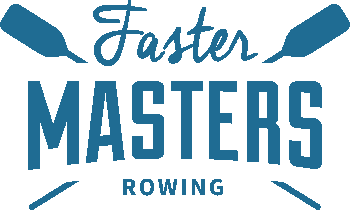Stroking out of your comfort zone is a must to reach higher limits as an athlete and there is no better place to execute than on the race course.
Until you have tried something beyond your competence or skill, you won’t know you can’t do it. And the converse could happen, you find that you CAN do it.
But to avoid flying and dying in a race or going out too easy you need to be able to judge your effort. There’s nothing more disprirting for the racing athlete to sense the field moving away from you, meters ahead of your boat.
Racing strategies to try
You can “even split” your race. This is where you hold a set pace through the four quarters of the race course. Or you can “negative split” where you start slow and build up speed until the finish. And a third way is to “positive split” when you start fast to claim a big lead and then slow down to save energy yet hold off other crews.
Pace judgement is learned from repeated races. There are plenty of objective measures to rely on: stroke ratings, splits, or heart rate but one of the key measures is purely subjective – how you feel.
Learning Pace Judgement
Consider pacing in part like your internal hazard score. You weigh what you are experiencing in the moment against the amount of the race still to be completed. If your calculation is too large you risk slowing down too early if the pace of the other crews increases – here your hazard score is high.
The hazard point usually peaks in the middle of the race when there is some sense of relief that the event is more than half over. As the remaining distance decreases, stroke by stroke you can compare the advantage of increasing your pace versus fatiguing before the line.
The risks go down as the race goes on.
At the halfway point most rowers will tend to increase speed sensing the home stretch but to gauge your effort even better try using set distance markers or simply counting strokes in your race plan to give you feedback that pinpoints where you are each meter down the course and helps you fine-tune your output.
Remember without taking risks you’ll never know how fast you could go.
Masters Rowing Advocacy
Would you like to publish this article in your club newsletter or website?
Join our Masters Rowing Advocates mailing list and we will send you one article a month. Sign up on our Advocacy page.
You can copy the text on this page. Or download the PDF.


